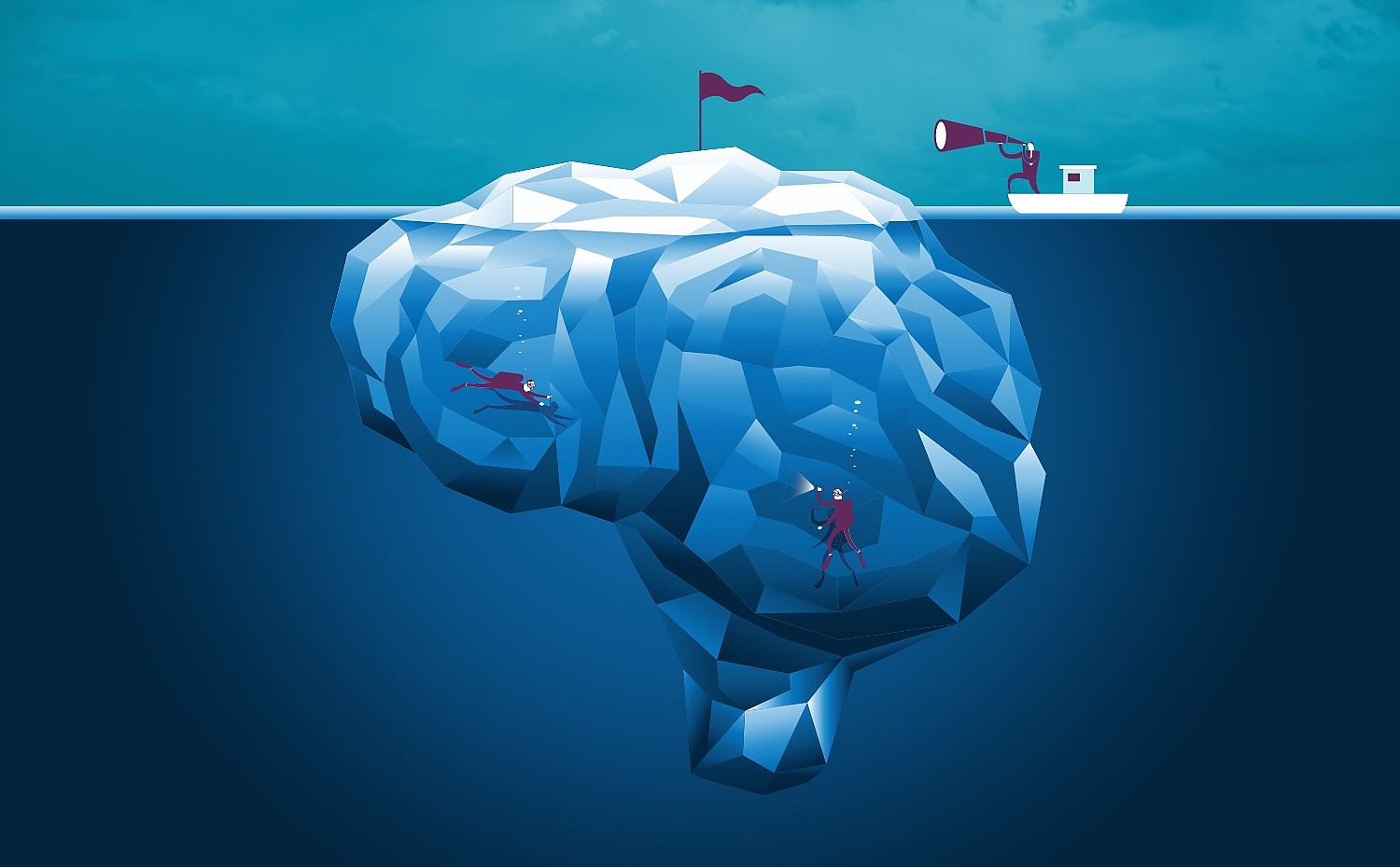Don Norman is known for introducing the concept of "Emotional Design", which goes beyond pure functionality and focuses on creating systems that not only work well, but also evoke positive emotional responses in users. His work has helped transform the way designers approach creating products and systems, incorporating elements that go beyond mere utility.
Emotions give us important information about the world around us and help us prioritize our attention and be efficient in the decisions we make. Identifying what looks good and what looks bad is very useful in evolutionary terms. Don Norman realized how design can influence emotions and identified 3 different levels of emotion processing, Visceral, Behavioral and Reflective, with increasingly greater levels of complexity.
In this post, we explore these 3 levels of emotional design described by Don Norman and examine how these concepts can be practically applied to web design.
Visceral: The First Visual Impression
The first level consists of inconsistent processing, an instinctive and affective response to external stimuli. It is completely different and unrelated to reason and rationality.
The choice of color palette is a great example of what can immediately affect the user's emotions on an unconscious level. For example, soft tones for a yoga website will definitely convey the necessary calm you would expect from the theme.
Impactful images can instantly attract users' attention and have a great emotional impact, having the ability to instinctively convey an emotional response.
This level is important to note as it is independent of emotional intensity, and more focused on the source of emotion, instinct and involuntary response.
Behavioral: Usability and Interaction
The second level consists of analyzing an experience translated into action. This level is all about the comfort, ease of use and behavioral experience of the product.
The way a website presents the navigation menu in an intuitive way can make it easier to find information, making navigation quick and logical.
The fact that the website loads quickly improves the user experience, leaving the user comfortable without long waiting times for information to load.
Good identification and coherence in buttons in call to action situations or good response messages to forms or errors are other good examples.
The intensity of emotion at this level can be very high, but it happens at a behavioral level because we are analyzing the consequences of that experience. If the experience is very good, users will certainly be happy, but if it is very bad it may result in the user becoming so frustrated that they do not want to return.
Reflective: Creating meaning and engagement
The third level, the most complex of all, has to do with long-term involvement, conscious thought, interpretation and reflection. Usually a declaration of self-image. This is where awareness of ourselves and our surroundings comes into play.
Creating an interesting brand narrative through visual means and content can create a very strong and lasting emotional connection. If the entire experience is created in a personalized way for the user, it will make them feel special. When feeling important and well served, the user will always want to come back.
Why is it important to know these 3 levels of emotional processing?
Firstly, it is an excellent way to learn how to mitigate users' negative emotions while browsing a website or improve positive ones, from the most instinctive to the most complex.
Understanding how emotions are processed can help us create solutions that work with the way people think, not against it. Increasing stimuli that provoke positive emotions, adhering to usage patterns and conventions to improve usability and creating a positive narrative are some examples of what we can do if we understand how emotions are processed.
